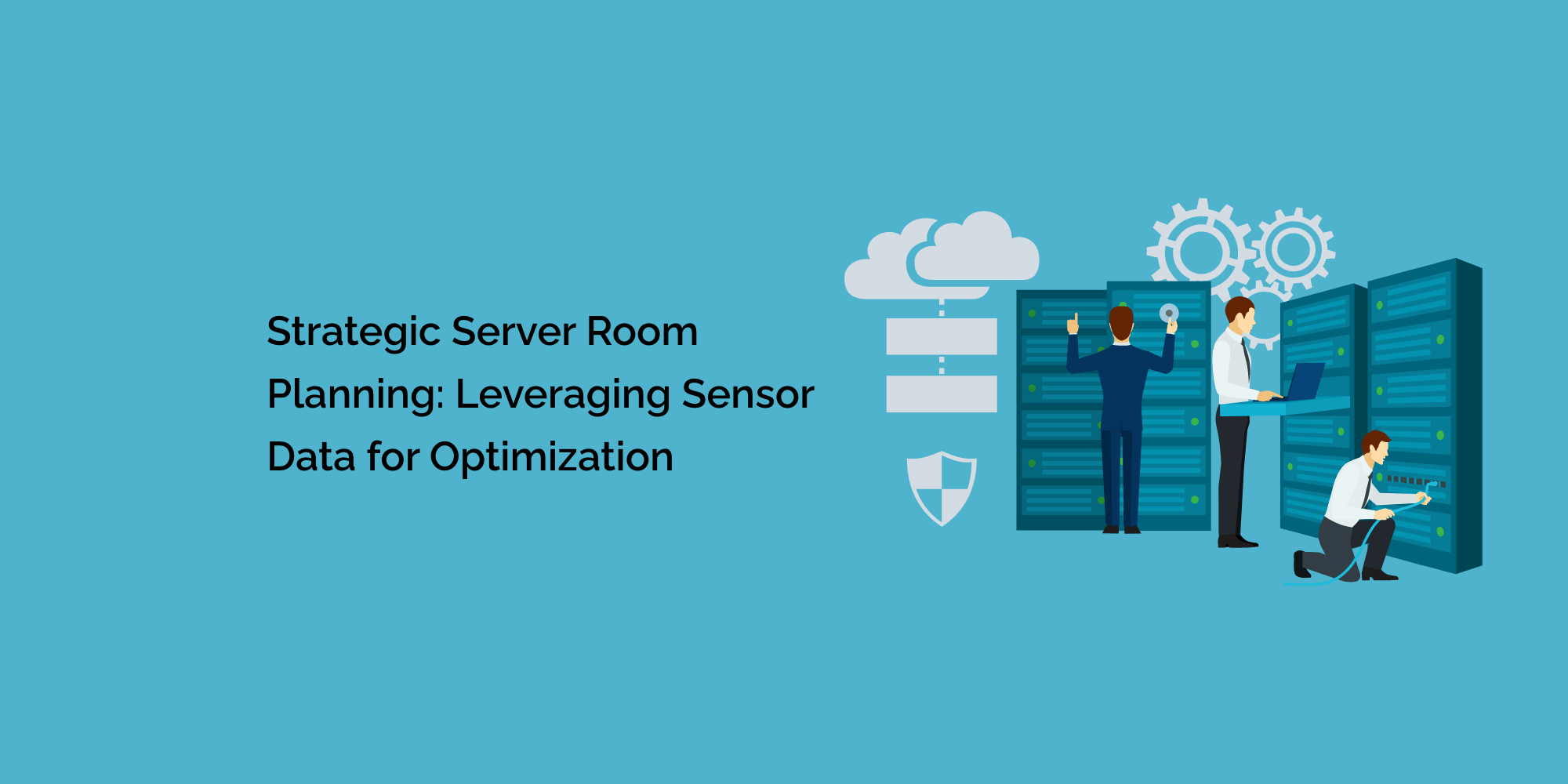Server rooms are the heart of modern businesses, housing critical IT infrastructure. The efficient operation of these rooms is essential for maintaining business continuity. One key aspect of ensuring this efficiency is the strategic planning of server rooms. This comprehensive guide explores how leveraging sensor data can be a game-changer in optimizing server room planning and management.
The Crucial Role of Server Rooms
An overview of the pivotal role that server rooms play in today's business operations:
- Server Rooms Defined: Understanding the functions and importance of server rooms.
- The Cost of Downtime: Highlighting the financial and operational impact of server room failures.
- Scalability and Growth: Examining how businesses' IT needs evolve and the implications for server room planning.
The Fundamentals of Sensor Technology
A deep dive into the core concepts of sensor technology and its relevance to server room optimization:
- What Are Sensors?: An introduction to sensor technology and its applications.
- Types of Sensors: Exploring various sensor types and their functions in a server room context.
- The Role of Sensor Data: How sensor data can be harnessed for improving server room planning.
Real-time Monitoring for Efficiency
The significance of real-time monitoring in enhancing server room planning and operation:
- Continuous Monitoring: The advantages of real-time monitoring compared to periodic checks.
- Immediate Issue Detection: How sensors enable the swift identification of problems.
- Proactive Management: The transition from reactive to proactive server room management with sensor data.
Temperature and Humidity Control
The critical importance of maintaining optimal temperature and humidity levels in server rooms:
- Ideal Conditions: Explaining the ideal temperature and humidity ranges for server rooms.
- Sensor-based Control: How sensors help in maintaining these conditions.
- Energy Efficiency: Using sensor data to optimize cooling and reduce energy consumption.
Power and Energy Efficiency
A focus on power management and energy efficiency through sensor technology:
- Power Monitoring: The role of sensors in tracking power usage and fluctuations.
- Energy Cost Reduction: How sensor data can be used to reduce electricity costs.
- Predictive Maintenance: Using sensor data for predictive maintenance to avoid critical failures.
Physical Security and Access Control
Exploring how sensor technology enhances the physical security of server rooms:
- Access Control: The use of sensors for monitoring and controlling access to server rooms.
- Intrusion Detection: How sensors detect unauthorized physical breaches.
- Environmental Threats: Monitoring for environmental threats like fire, flooding, and more.
Space Optimization
A discussion on maximizing the available space in server rooms through sensor-driven insights:
- Rack Space Utilization: Using sensor data to optimize the placement of server racks.
- Cable Management: Efficient cable management based on sensor feedback.
- Expansion Planning: Leveraging sensor data to plan for future growth.
Disaster Preparedness and Recovery
How sensor data plays a critical role in disaster preparedness and recovery:
- Disaster Scenarios: Discussing potential server room disasters and their consequences.
- Sensor-based Alarms: The importance of early warning systems.
- Data Backup and Redundancy: Using sensor data to optimize data redundancy and backup plans.
Data-Driven Decision Making
An exploration of the transformation from intuition-based to data-driven decision-making in server room planning:
- Data Analytics: Utilizing sensor data for trend analysis and decision support.
- Capacity Planning: Optimizing server room capacity based on historical data.
- Budgeting and Cost Control: Using data to make informed decisions about server room budgets.
Scalability and Future-Proofing
Addressing the need for server room planning to accommodate future growth:
- Scalability Strategies: Planning for expansion and scaling up server rooms.
- Technology Evolution: How sensor data aids in keeping up with evolving technology.
- Green Initiatives: Leveraging sensor technology for environmentally responsible server room planning.
Conclusion
Strategic server room planning is essential for maintaining business continuity and efficiency. Leveraging sensor data is the key to optimizing server room planning, allowing for real-time monitoring, temperature and humidity control, power efficiency, physical security, space optimization, disaster preparedness, and data-driven decision-making. With the right strategies in place, businesses can ensure their server rooms are not just secure and efficient today, but also adaptable to the ever-changing demands of the future.








